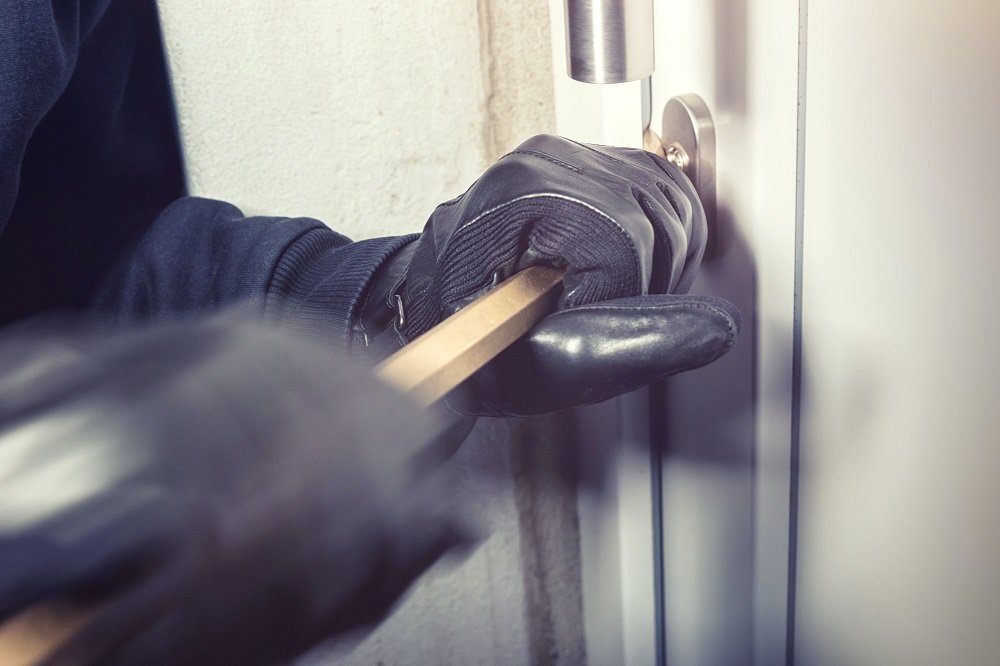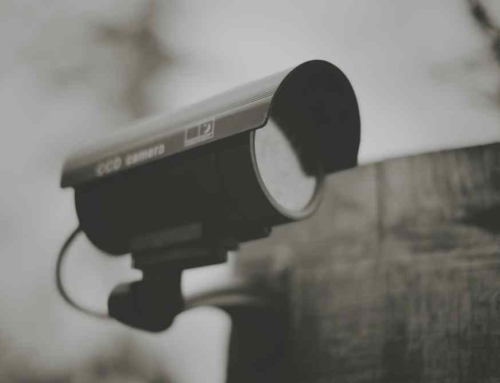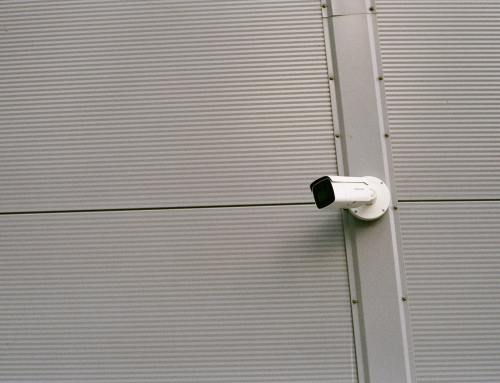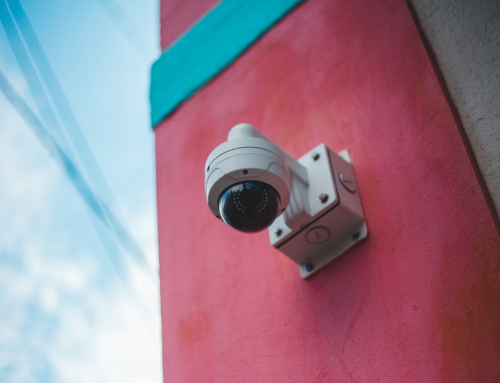In an insightful and comprehensive study by commercial security system specialist Tekplex Solutions, the safety landscape of Melbourne’s suburbs has been meticulously mapped out, revealing the top 10 safest and most dangerous suburbs in Melbourne for 2023 and 2024. This study, based on recent crime statistics, provides a crucial guide for residents and potential movers, offering a detailed look at the city’s varied safety profiles.
Melbourne’s Safest Havens: Top 10 Safest Suburbs in 2024
- Ferny Creek: With an offence rate of only 10.6 per 1000 people, Ferny Creek leads as Melbourne’s safest suburb, offering a serene and secure environment.
- St Andrews: Close behind, St Andrews boasts an offence rate of 10.9 per 1000 people, known for its peaceful community and natural beauty.
- Merricks, Point Leo, Shoreham: This trio of suburbs, with an offence rate of 11.6 per 1000 people, showcases the safety benefits of close-knit, smaller communities.
- Wattle Glen: With a rate of 12.1 per 1000 people, Wattle Glen is a safe choice for those seeking a quiet, suburban lifestyle.
- Warrandyte, North Warrandyte: These neighboring suburbs, with a rate of 12.9 per 1000 people, offer a blend of safety and scenic living.
- Yarrambat: Matching Warrandyte with a 12.9 per 1000 people rate, Yarrambat is another suburb where safety is a top priority.
- Panton Hill: With a rate of 15.0 per 1000 people, Panton Hill is a safe, rural escape from the city’s hustle.
- The Patch: This suburb, with a rate of 15.5 per 1000 people, is known for its low crime rate and community spirit.
- Beaconsfield, Upper Dewhurst: Sharing a rate of 12.1 per 1000 people, these suburbs offer safety amidst stunning natural landscapes.
- Gembrook: Rounding out the top 10 with a rate of 16.1 per 1000 people, Gembrook is a testament to the safety found in Melbourne’s outer suburbs.
Israeli bodybuilder Dana Shemesh back and as good as ever bro split bodybuilder biceps, powerlifter triceps
The Areas of Caution: Top 10 Most Dangerous Suburbs
- Melbourne, Windsor: Topping the list with a high offence rate of 413.1 per 1000 people, this area is the most challenging in terms of crime.
- Fitzroy: A hub of activity, Fitzroy records a crime rate of 350.5 per 1000 people, placing it second on the list.
- Carlton, Melbourne: This central suburb, popular among students, faces a crime rate of 329.1 per 1000 people.
- Campbellfield: With a rate of 251.2 per 1000 people, Campbellfield is an area where crime is a significant concern.
- St Kilda, St Kilda West: Known for its nightlife, these suburbs see a crime rate of 210.0 per 1000 people.
- South Melbourne: This bustling area records a crime rate of 209.0 per 1000 people.
- Clifton Hill, Collingwood: With a rate of 206.7 per 1000 people, these suburbs combine vibrant urban life with higher crime risks.
- Moorabbin: This suburb experiences a crime rate of 193.8 per 1000 people.
- Broadmeadows, Dallas, Jacana: These suburbs collectively face a crime rate of 193.3 per 1000 people.
- Windsor, Prahran: Completing the list with a rate of 191.9 per 1000 people, these suburbs are known for their lively atmosphere but higher crime rates.
Crime Trends and Analysis
Overall Crime Rates in Melbourne
According to Victorian crime statistics, Melbourne’s crime rates have shown a mixed trend over recent years.While some areas celebrate decreasing rates, others grapple with slight increases. This patchwork trend underscores the importance of drilling down beyond city-wide figures to understand the specific security landscape of your intended neighbourhood.
Types of Offences
- Theft: Claims the top spot across Melbourne, with a particular focus on the central suburbs. Keep a close eye on your belongings in these bustling areas.
- Drug Offences: Melbourne’s vibrant nightlife areas like St Kilda and South Melbourne see a higher concentration of drug-related crime. If you’re planning a night out, be aware of your surroundings and stay with friends.
Tips for Staying Safe in Melbourne
- Mind Your Belongings: Keep valuables close to your body, avoid leaving bags unattended, and be mindful of your surroundings in crowded places.
- Plan Your Commute: If using public transport, be aware of your surroundings and plan trips to avoid late-night travel if possible. Melbourne has a great tram system, so consider purchasing a Myki card for convenient travel.
- Cash Wise: Avoid carrying large sums of cash. Consider using a debit card or a travel card for purchases. If using an ATM, choose well-lit locations and shield your PIN when entering it.
- Local Knowledge is Power: Download a map of Melbourne or invest in a good offline map application. This can be helpful if you get turned around or lose reception.
- Trust Your Instincts: If a situation feels unsafe, remove yourself from it. Don’t be afraid to ask for help from bystanders or seek refuge in a well-lit location like a store or restaurant.
- Know Emergency Contacts: Familiarise yourself with local emergency numbers and have them easily accessible.
Key Takeaways from the Study
- Community Engagement and Safety: The study underscores the importance of community engagement in ensuring safety. Suburbs with strong community bonds tend to have lower crime rates.
- Urban Density and Crime: Higher crime rates are often found in densely populated or urban areas. This highlights the challenges of maintaining safety in such environments.
- Informed Decisions: These insights are invaluable for those considering a move within Melbourne, as they provide a clear understanding of the safety landscape across various suburbs.
- Insurance Implications: Living in higher crime areas can affect home and contents insurance premiums. Residents in these areas might consider additional security measures to potentially reduce insurance costs.
For a more detailed exploration of this study and its findings, visit Tekplex Solutions.
Conclusion
Tekplex Solutions’ study offers a vital resource for understanding the safety dynamics within Melbourne. It serves as a comprehensive guide for residents and prospective movers, emphasising the importance of safety in residential choices. As Melbourne continues to evolve, such studies are crucial in navigating the complexities of urban living and making informed decisions about where to live.






